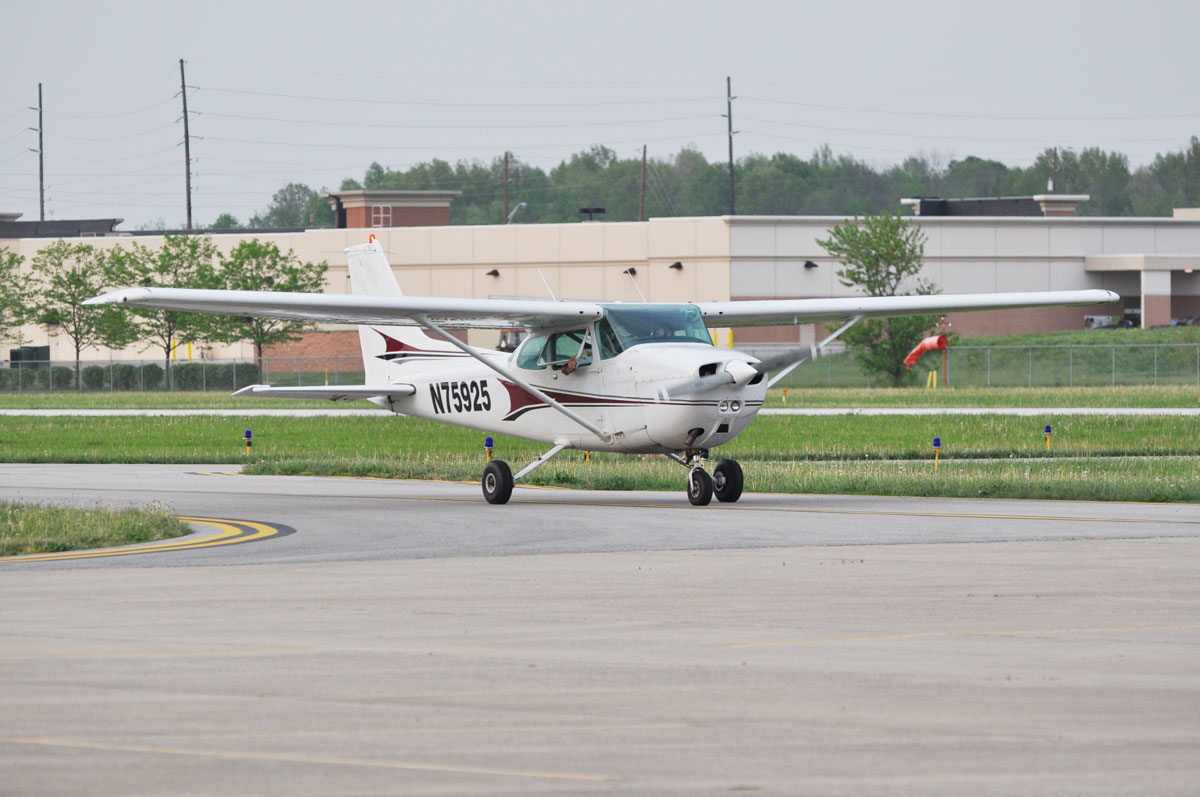Understanding the Process of Becoming a Pilot
Becoming a pilot is a rewarding journey that requires dedication, training, and a clear understanding of the steps to get a pilot license. The process is designed to ensure you have the necessary skills and knowledge to safely operate an aircraft. Whether your goal is to earn a private pilot certificate or pursue a full-fledged pilot career, this guide breaks down the pilot license process step by step.
Step-by-Step: How to Get a Pilot License
1. Research Pilot Training Programs
Your journey begins with selecting a suitable training program. Programs are often categorized under Part 61 or Part 141 regulations, which govern how flight schools operate. The choice between these depends on your schedule, learning preferences, and career goals. Look for schools with certified flight instructors and a reputation for delivering quality flight lessons.
2. Obtain a Class Medical Certificate
A class medical certificate is a requirement for aspiring pilots. This ensures you meet the physical and mental health standards to fly. Visit an FAA-authorized medical examiner to complete this step. A third-class certificate is sufficient for earning your private pilot certificate, but higher levels are needed for advanced certifications.
3. Start Ground School Training
Ground school provides the theoretical knowledge needed for flying. Topics include visual flight rules (VFR), weather patterns, aerodynamics, and navigation. This training is a precursor to practical flying and helps prepare for the FAA written exam.
4. Begin Flight Lessons
After ground school, you’ll start flight lessons with your instructor. These lessons cover fundamental skills such as takeoffs, landings, and maintaining control of the aircraft. Gaining flight experience is essential for progressing to more advanced maneuvers.
5. Accumulate Flight Hours
To earn a private pilot certificate, you need a minimum of 40 hours of flight time under Part 61 regulations. These hours include dual instruction, solo flights, and cross-country navigation practice.
6. Fly Solo
One of the most exciting milestones in the process of becoming a pilot is flying solo. After demonstrating proficiency in basic skills, your instructor will authorize you to fly solo. Solo flights build confidence and count toward the number of flight hours required for certification.
7. Obtain Instrument Rating and Multi-Engine Ratings
Adding an instrument rating to your certification allows you to fly in varied weather conditions, relying on instruments rather than visual cues. For those aiming to operate complex aircrafts, earning multi-engine ratings is a valuable step.
8. Prepare for the Practical Test
The final hurdle in the pilot license process is the FAA practical test, also known as the check ride. This evaluation includes an oral exam and a demonstration of your flying skills. Passing earns you an official airman certificate.
Types of Pilot Licenses and Careers
There are several types of pilot licenses, each catering to different goals. The most common is the private pilot certificate, ideal for recreational flying. For those considering a pilot career, further certifications such as commercial and airline transport licenses are required. Your journey can also include specialized training for cargo operations or aerial photography.
Understanding the steps to get a pilot license is crucial for aspiring aviators. By following this guide and working with trusted flight schools like Jeff Air, you can confidently navigate the pilot license process. From selecting a training program to earning advanced ratings, every milestone brings you closer to your dream of flying. Begin your journey today with Jeff Air and embrace the skies!
Ready to take the first step toward your dream of becoming a pilot? Contact Jeff Air today to learn more about our trusted flight training programs and how we can guide you through every step of the pilot license process.

